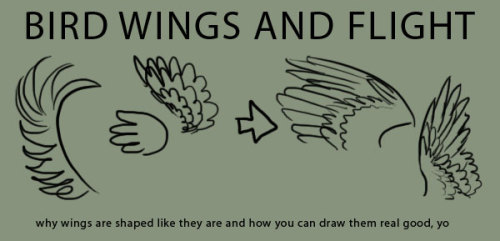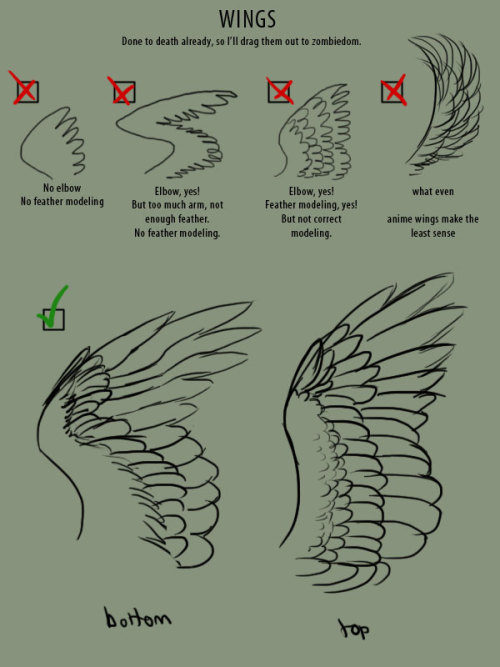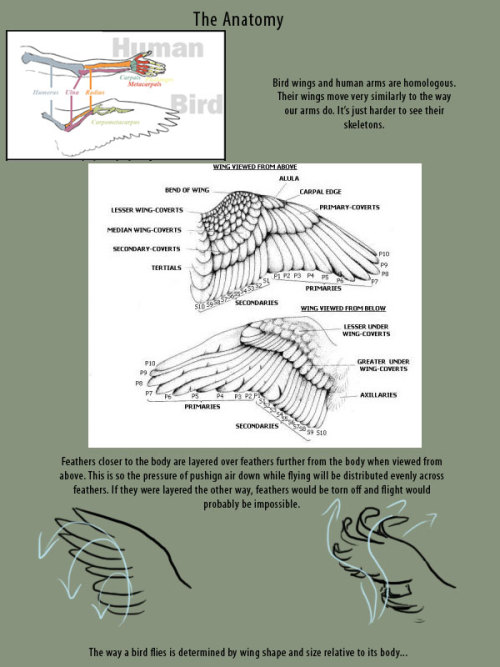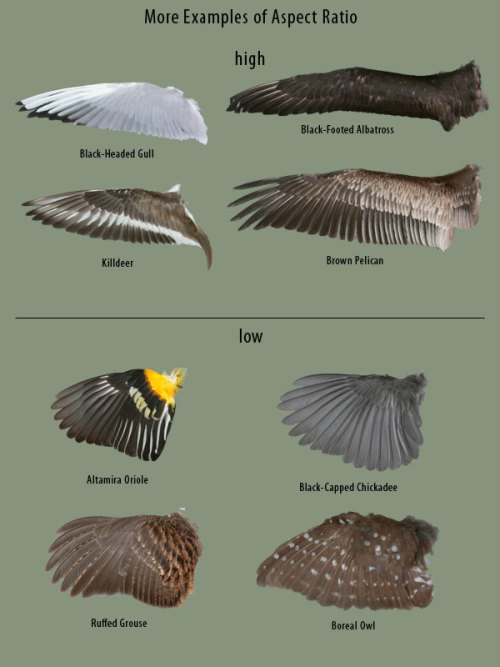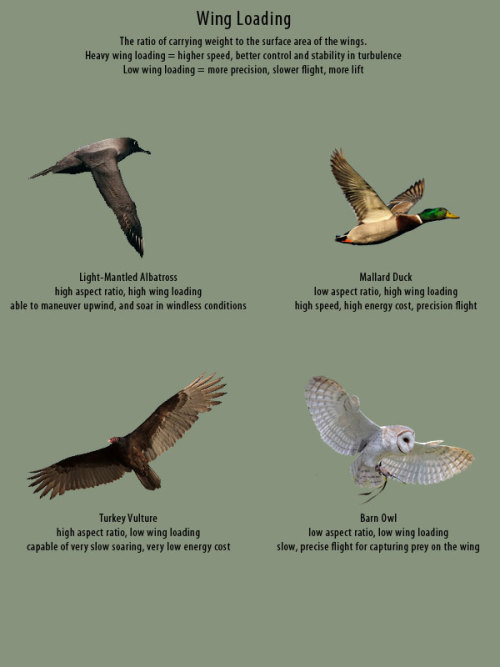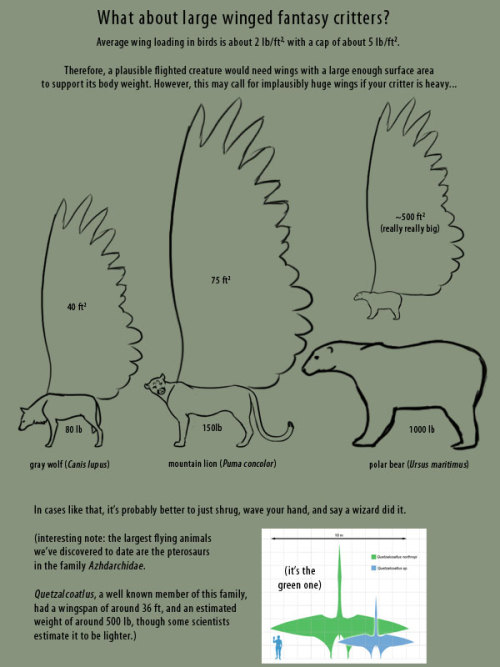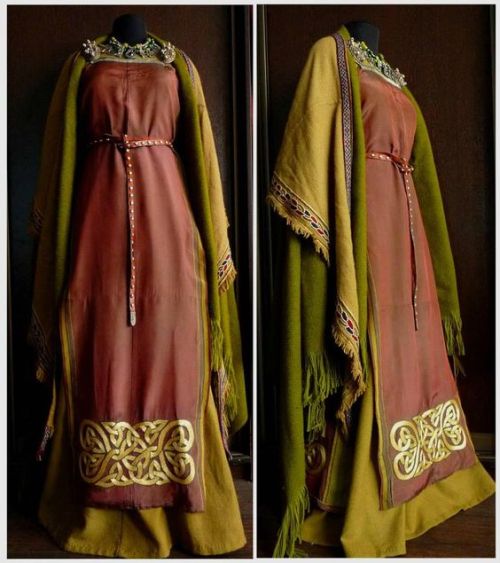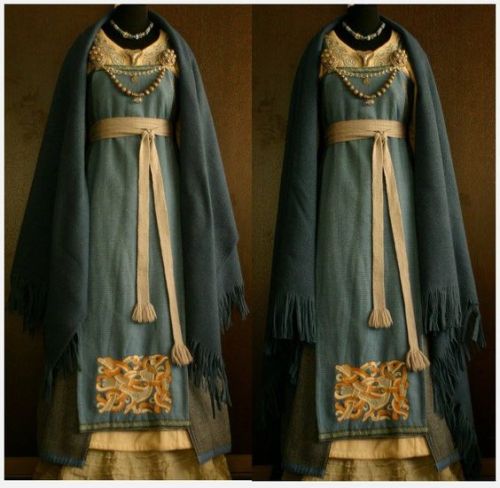No Id - Blog Posts



I've found this nifty reference website for artists called www.dimensions.com that has a database of exact measurements for various objects, plants, and animals
They have a premium version with 3D models that I haven't tried yet, but it's definitely very informative if you're trying to get the anatomy and proportions for different species of animals right!
the paralyzed cicadas I picked up from a failed cicada killer nest are the perfect material to show off some cool features of insect anatomy! (although the wasp’s venom would keep them alive for her larvae to eat, I froze them to make sure they’re fully dead for dissection).
cicadas are powerful, fast fliers, and all of their thorax is taken up by a bulk of reddish, stringy flight muscles, which I’ll talk more about later. this cicada is a female, so her abdomen is full of white, elongated eggs that she will insert into tree bark with the bladed ovipositor at her rear.


the male cicada’s abdomen, however, is almost entirely empty, and that air-filled space is used as a resonator for his loud calls. the biggest structure visible there is a curved pair of muscles that deforms the tymbals, producing a click with every contraction.


here's a view of the complete muscle, and the tymbals themselves which look like overlapping plates on his belly. if you're curious what the white frosted appearance is, some Neotibicen have a coat of waxy powder or pruinescence; this male N. tibicen is particularly pruinose.
onto the flight muscles:
powered flight is a pretty complex mechanism in any organism, and is never so simple as just flapping wings up and down, but most insects power their flight in a really unintuitive way (at least for us vertebrates): they contract muscles in their thorax that aren’t even attached to the wings!
this method of flight is called indirect flight, in contrast to the direct flight of the dragonflies and mayflies where each of four wings is directly attached to a muscle and can flap on its own.


instead, most insects have a longitudinal (image 1 above, d below) pair and a vertical (2, c) pair of muscles that deform the shape of abdomen, pulling the upper segment of the thorax (notum) up and down, and this moves the wings which are attached to the notum. useful indirect flight gif from wikipedia found here

even if compressed manually, the dead cicadas "flap" their wings due to the motion of the notum:

insect flight is a lot more complicated than this simplified look at them, but I think these cicadas offer a pretty good look at how most insects get around essentially by squishing themselves internally!
for the dragon gifs post you reblogged, could you elaborate on your tags? as someone who loves speculative/fictional biology, id be interested in hearing how actual gliding wings would work for dragons, if youre okay with talking about it of course :]
Gosh, basically.... the whole wing shape is wrong for gliding
Firstly, a majority of the dragons' wings do not have any base to them. base being the membrane that should go down their side

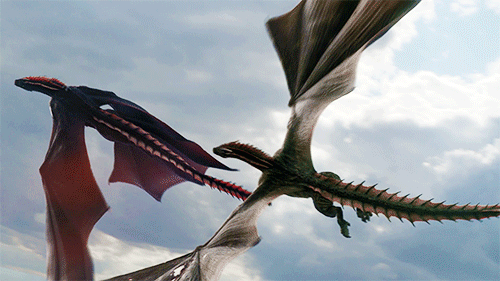

By far the worst offender seems to be arrax here, but like. all of the dragons have NO membrane going from their arms down their sides, the only one who appears to have more normal wings is syrax

It's got more base to the wings so this gif looks slightly more natural to me but not by much
NOW,, my disclaimer. I am not an expert in aerodynamics. So I am just going off what I know personally
First off, the wing shape in most of these dragons is elliptical (like in sparrows) which is good for powered flight (flapping), and when they ARE flapping, it does look very good!! Very powerful strokes etc.
However, because they are missing that base at the wing, a lot of the energy of the downstroke would simply just escape. Wings in general work by "trapping" wind underneath them, by making the air on top roll by at a different speed than the air underneath and generate lift that way, but if there's nothing TO lift... then it won't work
Animals who actually glide all have very specialized wings for it.
Eagles, vultures, condors, etc: all of them have IMMENSE wings, and they almost cannot do powered flight (at least not on the same level that sparrows can), they rely a lot on updrafts


Their wings are all very wide, but very rectangular!! the base of their wings is basically the same width as the rest of the wing, generally
This is true as well for SEABIRDS which are all gliding experts. Seabirds have VERY not wide wings, but they make up for that in length, and this very specialized shape they have allows them to glide for literal WEEKS without needing to land




Basically, I suppose it's something of a tradeoff? Even in these birds the base is incredibly proportionate to the shape of their wings and body, and they depend on wind currents over the ocean specifically. They've evolved for that
alithographica has this VERY GOOD little chart of what different functions wings can perform depending on their shape

I personally think the got dragon's wings are incredibly disproportionate, looking at wings on any other animal it immediately stands out that a whole chunk of wing is simply... gone. For no good reason other than aesthetic I think
And besides the anatomical error, they don't have a clear purpose to their shape, they kinda do everything all the time and its jarring to see on otherwise incredibly designed creatures and its also an immense shame. It would have been so cool to see different dragons have different flying techniques (the only different one we get is caraxes with his wing legs, but from what ive seen)
I'd love to hear more about what makes the wings of the stylops so unique! Wings are always fascinating to me
Almost all insects with wings normally have four of them, except that in beetles, the front wings became the shields we call Elytra:

And in the true flies (diptera), the HIND wings became little vibrating knobs we call halteres, which are organic gyroscopes for collecting information about air pressure, direction and elevation, easiest to see on larger flies like this crane fly:

So, the male Strepsiptera is actually the only insect other than flies to have evolved halteres, but the Strepsiptera's halteres are evolved from the FRONT wings:

Their hind wings are odd enough too; simple "fans" unlike the intricately veined wings of other insects, but still not as unusual as forewing halteres. It's thought to be convergent evolution, and that they may have once been elytra like the beetles have. A connection to beetles is also suggested by the fact that a few beetle groups have larvae very similar to those of the strepsipterans, which look like this:

Lovably nasty larvae! They jump, and they're all spiny, and they actually use an acid secretion to melt their way into their first host.
There's one other insect group that incidentally evolved elytra shields, earwigs!
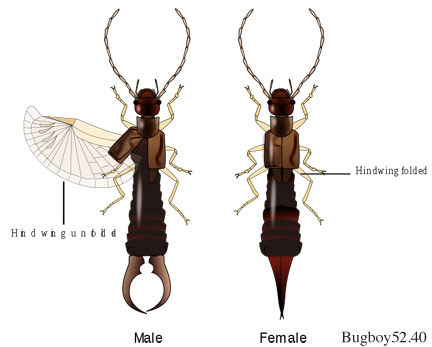
But earwigs can't be ancestral to either beetles or strepsiptera, because earwigs don't go through a larval stage, which the big evolutionary divide for insects; all the insects with larvae are thought to have just one common ancestor, splitting off from the other insects fairly early.








A guide to designing wheelchair using characters!
I hope this helps anyone who's trying to design their oc using a wheelchair, it's not a complete guide but I tried my best! deffo do more research if you're writing them as a character
it’s crazy how much diversity there can be in one species…these are all pictures of the same bird species (red-tailed hawk)









Floridian Scolopendra alternans
i used to work at a used bookstore and there was an insect anatomy book for sale that was over $8000 im not even kidding. and i just found it at my school library. its mine for the month.
The Common Green Lacewing: these tiny insects pupate within loosely-woven cocoons that measure just 3-6mm (about 1/8 to 1/4 inch) in diameter

The lacewing will spend about 5 days maturing within its cacoon, before it cuts an opening in the top and emerges as a fully-developed adult.

The larvae of the green lacewing (family Chrysopidae) are also known as "aphid lions," due to their skill/appetite when it comes to hunting aphids. They're widely used in agricultural contexts to help eradicate pests, because they are voracious predators that also commonly prey upon caterpillars, leafhoppers, planthoppers, thrips, spiders, mites, and insect eggs.
As it nears the end of its larval stage, a lacewing will spin a small cacoon out of silk and then tuck itself inside, allowing the pupal phase to begin; its tiny green body is often partially visible through the thin, loosely-woven walls of the cacoon.
These breathtaking photos of a lacewing climbing out of its cacoon were taken by a Danish photographer named Frederik Leck Fischer.

When a lacewing first emerges from a cacoon, its wings are still compactly folded down against its body; the wings then gradually begin to expand until they have reached their full size, which usually takes about an hour or two.

Fischer's photographs provide an excellent account of this entire process.

Here are just a few other images of the common green lacewing:

Sources & More Info
University of California's Integrated Pest Management Program: The Green Lacewing
Texas A&M's Field Guide to the Insects of Texas: Green Lacewings
Washington State University: Lacewings
Tennessee State University: Fact Sheet on the Green Lacewing (PDF download)
Pacific Pests & Pathogens: Green Lacewings/Biocontrol
lahore pigeons are some of the most visually appealing birds out there. like in terms of visual design. very minimalist, good contrast.
This definitely merits more testing! Stay tuned for shenanigans!
(Also checkout Patreon where I'll be sharing prototype details thoughout the week!)
Update: North Gaza Women's Project!
Mahmoud Abu Salama is doing an amazing thing in North Gaza! He is starting a project to help Deaf Palestinian women use their pastry making skills while also distributing food to families in need. This is helping both the women make a bit of a living and feed the hungry in the North.
By donating, we’re helping Mahmoud hire more women who take pride in helping both themselves and their communities! So please feel free to donate if you have a few dollars to spare, or spread the link if you're unable! Any little bit helps!
HelpGazaChildren Notion Site || #helpgazachildren tag
GoFundMe Link
[Quick ID: Video of Mahmoud Abu Salama speaking to the camera with women sitting on the floor behind him as they put together packages of pastries. We then get a closeup of the women who sign to the camera.]



obsessed with that one bug post
IT'S BACK
i have such good news y’all i’m buzzing with excitement

